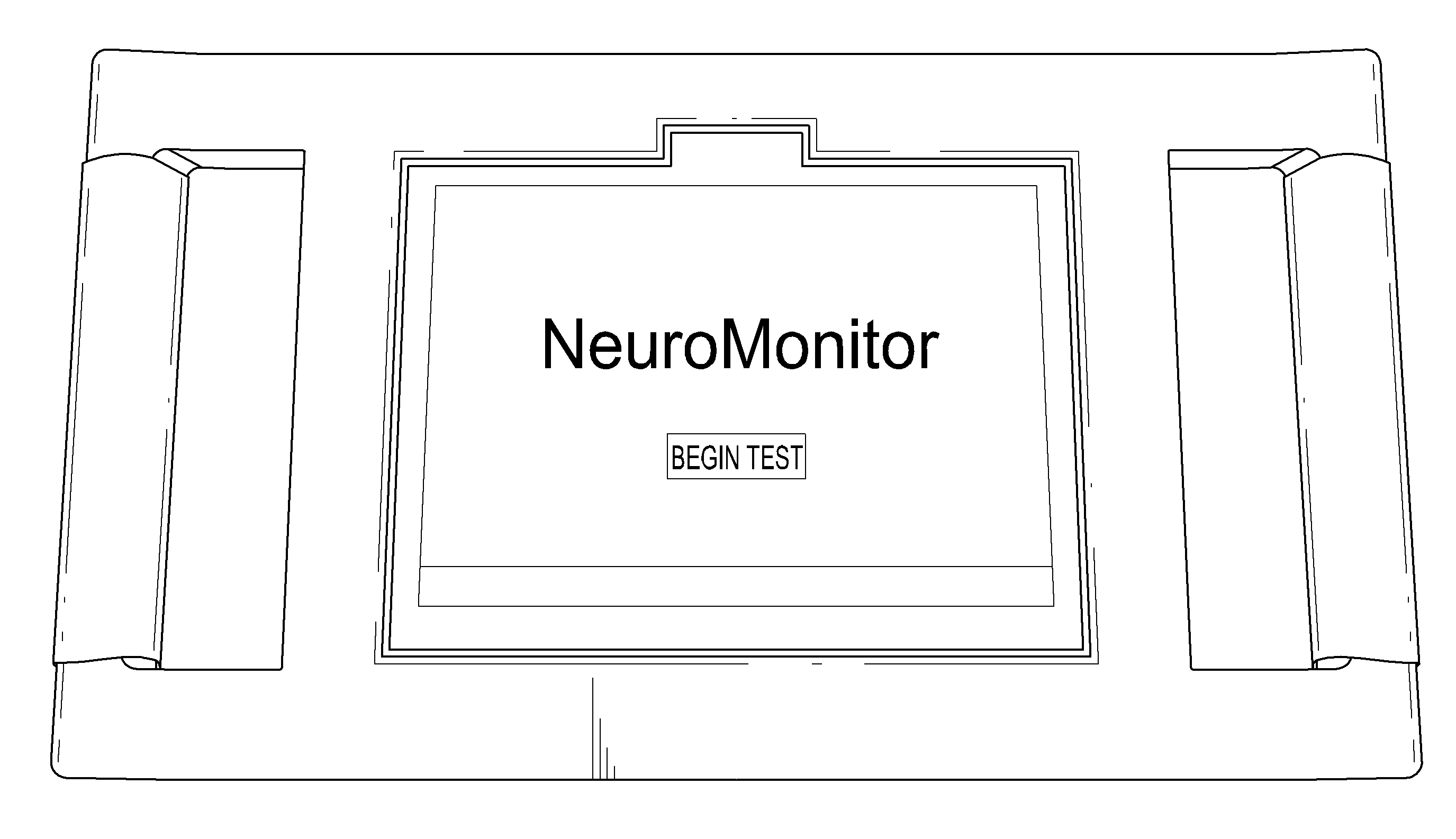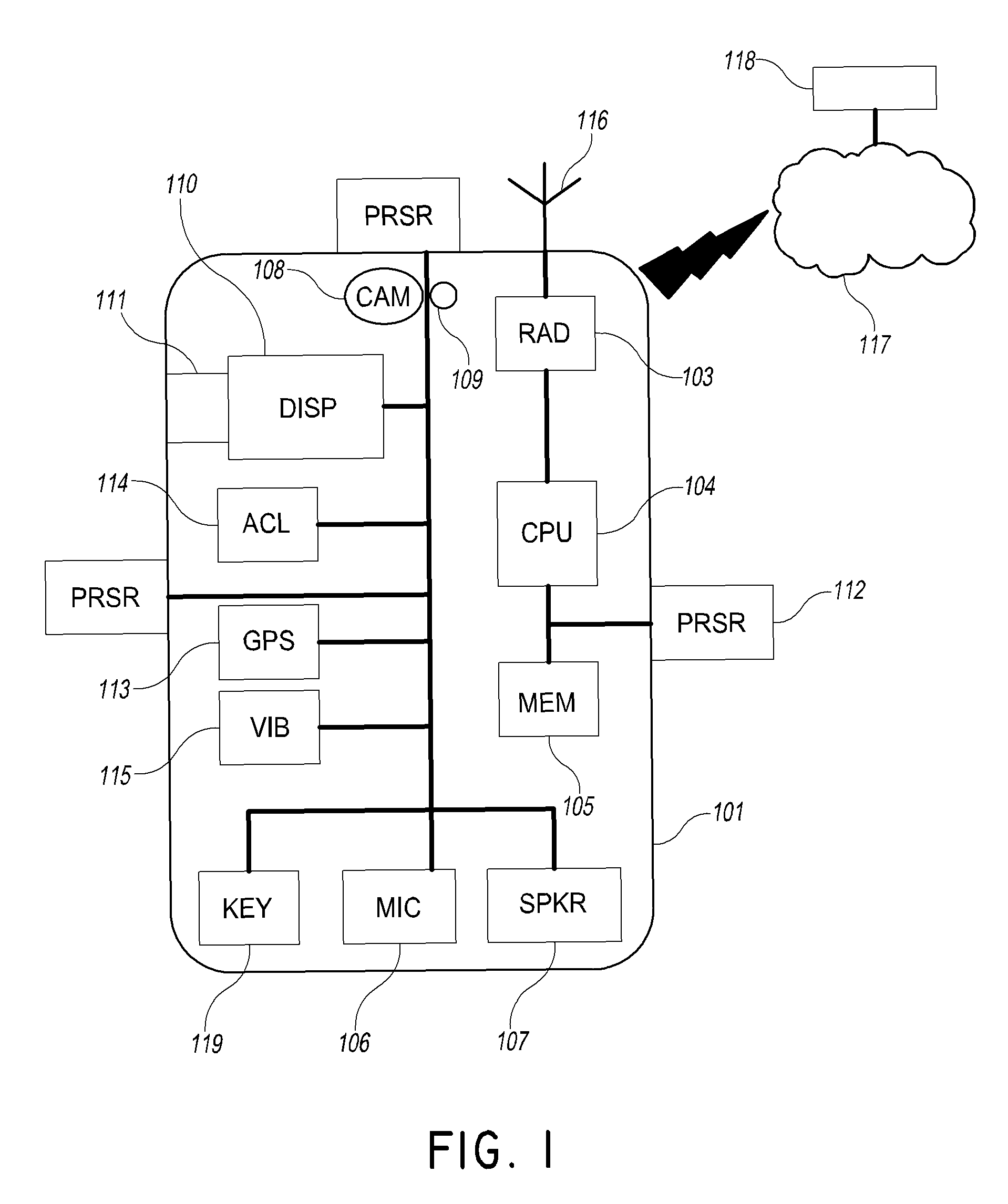Device and methods for mobile monitoring and assessment of clinical function through sensors and interactive patient responses
a technology of clinical function and mobile monitoring, applied in the field of mobile clinical assessment devices, can solve the problems of focusing on physiologic parameters and not on meaningful clinical deficit examination, and other applications fail to provide reliable, inexpensive personal monitoring devices, and achieve the effect of increasing the number of patients
- Summary
- Abstract
- Description
- Claims
- Application Information
AI Technical Summary
Benefits of technology
Problems solved by technology
Method used
Image
Examples
Embodiment Construction
[0046]Some implementations of the inventions now can be described more fully hereinafter with reference to the accompanying drawings, in which some examples of the aspects / implementations of the inventions are shown. It is to be understood that the invention implementations are not limited in its application to the details of construction, experiments, exemplary data, and / or the arrangement of the components set forth in the following description. These implementations are provided by way of example. The inventions are capable of other implementations or of being practiced or carried out in various ways. Also, it is to be understood that the terminology employed herein is for purpose of description and should not be regarded as limiting.
[0047]In the following detailed description of implementations of the disclosure, numerous specific details are set forth in order to provide a more thorough understanding of the disclosure. However, it can be apparent to one of ordinary skill in the...
PUM
 Login to View More
Login to View More Abstract
Description
Claims
Application Information
 Login to View More
Login to View More - R&D
- Intellectual Property
- Life Sciences
- Materials
- Tech Scout
- Unparalleled Data Quality
- Higher Quality Content
- 60% Fewer Hallucinations
Browse by: Latest US Patents, China's latest patents, Technical Efficacy Thesaurus, Application Domain, Technology Topic, Popular Technical Reports.
© 2025 PatSnap. All rights reserved.Legal|Privacy policy|Modern Slavery Act Transparency Statement|Sitemap|About US| Contact US: help@patsnap.com



